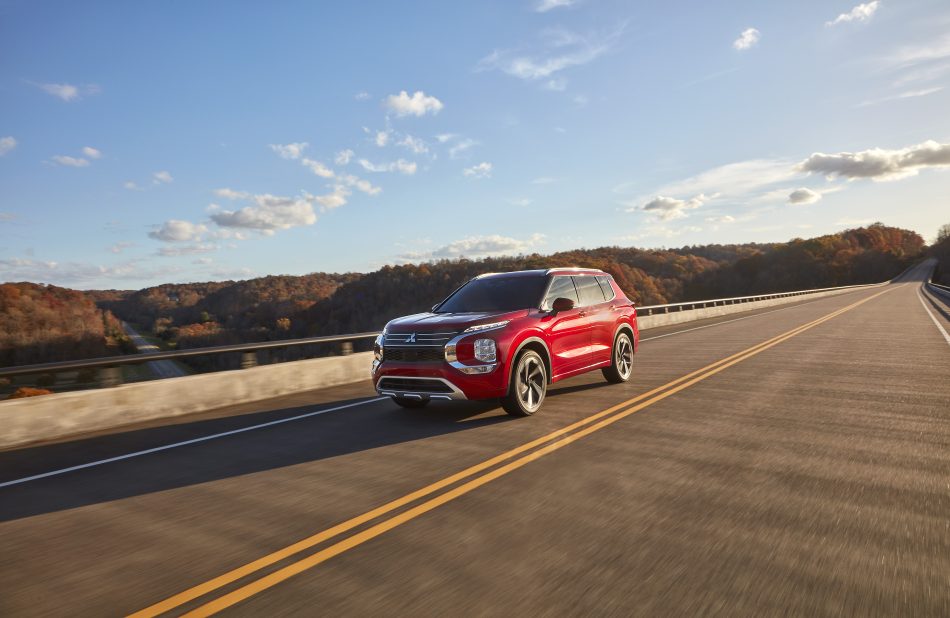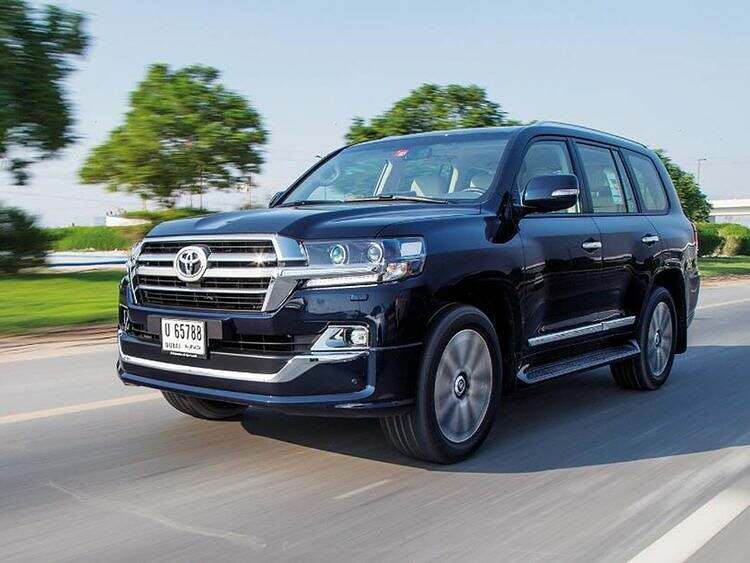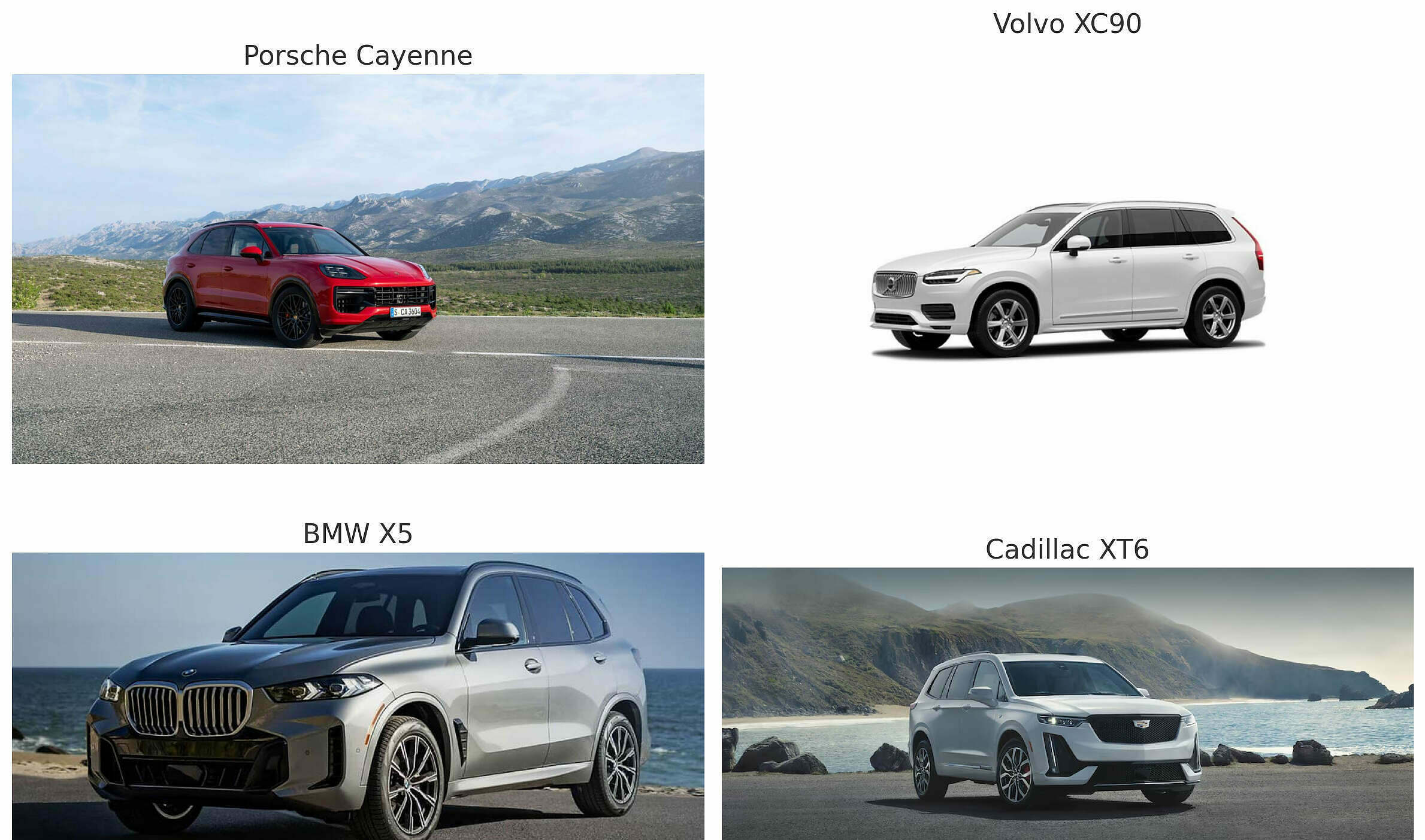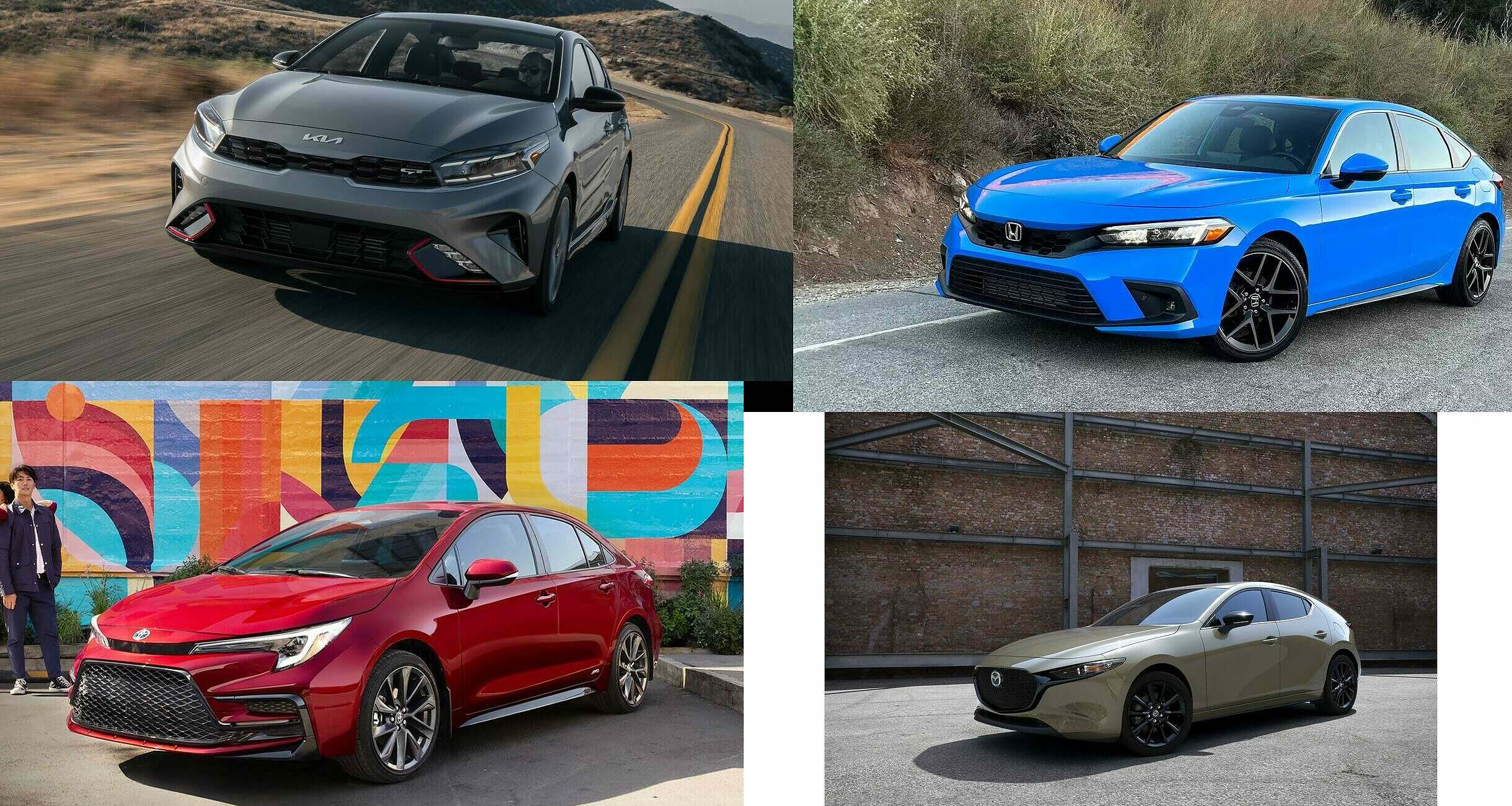Sports Activity Vehicles (SAVs) and Sports Utility Vehicles (SUVs) are often thought to be interchangeable terms for vehicles that blend the comfort of passenger cars with the capabilities of off-road vehicles.
However, there are nuanced differences that distinguish SAVs from SUVs, primarily based on their design, intended use, performance, and origin of the terminology. Here’s a listicle on the top 5 differences between an SAV and an SUV:
- Design and Build Philosophy:
- SUVs are traditionally built on a truck’s chassis, giving them a robust, rugged capability for off-road driving and towing. They’re designed to tackle challenging terrains and to perform in scenarios where a vehicle’s durability and performance are tested beyond city driving.
- SAVs, on the other hand, are built more like cars, using a unibody construction. This design offers a lighter vehicle that provides a smoother ride, prioritizing on-road comfort and luxury while still maintaining some off-road capabilities. SAVs are thus geared more towards sporty handling and on-road performance.
- Intended Use and Capability:
- SUVs are intended for a wide range of uses, including off-road driving, towing, and more utilitarian tasks. They often come with four-wheel drive (4WD) or all-wheel drive (AWD) systems that enhance their off-road capabilities.
- SAVs focus more on providing a dynamic driving experience on paved roads with occasional light off-roading. Their AWD systems are optimized for on-road performance, offering better handling and stability at higher speeds.
- Origin of the Term:
- The term SUV is a well-established acronym in the automotive industry that stands for Sports Utility Vehicle. It has been used for decades to describe vehicles that combine elements of passenger cars, minivans, and trucks.
- SAV is a term popularized by BMW with the launch of their X series to differentiate their vehicles from traditional SUVs. It emphasizes the vehicle’s sportier feel and luxury features, positioning it as a premium segment within the broader category of SUV-like vehicles.
- Performance and Handling:
- SUVs are generally geared towards providing utility and off-road performance. They have higher ground clearance and suspension systems designed to handle rough terrains, which can sometimes lead to a stiffer ride on paved roads.
- SAVs are engineered for sporty handling and agility on the road. They have a lower center of gravity compared to SUVs, which reduces body roll in corners and enhances the driving experience, making them more akin to driving a sporty sedan than a truck.
- Luxury and Comfort Features:
- While SUVs can be equipped with luxury features, their primary focus is on utility and versatility. The interior and amenities might lean more towards durability and functionality.
- SAVs often prioritize luxury and comfort, with high-end materials, advanced technology features, and premium finishes. The emphasis is on creating a refined, comfortable interior environment that matches their sportier, upscale exterior design.
In summary, while SUVs and SAVs may look similar at a glance, the distinction lies in their design philosophy, performance, handling, and luxury level. SUVs are more about utility and off-road capability, while SAVs focus on providing a luxury, sporty driving experience on the road



